Today we’re watching one of the best silent comedies, directed by and starring one of the best silent comedians—Buster Keaton’s Sherlock Jr.1 As fun and funny as the movie is, there was a lot of behind-the-scenes drama, from corporate mergers to scandal-ridden directors to literal broken necks.
Watch or listen to our commentary here on Substack; or if you prefer, you can also watch Public Domain Theater on YouTube and Spotify.
Too Much (Silent) Film School
Although this is the first time we’ve discussed one of his movies at length, Buster Keaton has made guest appearances in TMFS video essays before. His film Three Ages was used as an example of physical comedy in my video, Why is Political Comedy so Difficult? And The Boat appears briefly in the History of Rotating Sets.
Who the Devil Made It?
Prior to researching for this episode, I had no idea there was debate over who directed Sherlock Jr, just like Poltergeist.2
Unlike that film, here the drug-addled, past-his-prime, friend-of-a-far-more-successful-director didn’t get the screen credit. This video essay had a lot of interesting tidbits on the subject—
I also highly recommend Peter Bogdanovich’s documentary The Great Buster: A Celebration, which is playing on Criterion as of this writing.
And you should read David Bordwell’s top ten list of 1924 films, where he discussed Sherlock Jr and Girl Shy (the other movie we considered this month). In fact, his entire series of articles on “the best films of 90 years ago” are a great read. It’s sad we’ll never get one for 1935.
Meta Movies
As we discussed in the PDT episode, Sherlock Jr. is far from the first movie-within-a-movie meta comedy. I wrote about this last summer, in the context of false stories around film history—
Take the bit about the Lumières’ train terrifying audiences. It almost certainly didn’t happen. Reporters did describe the train as seemingly “leaping off the screen,” but that was merely hyperbole to evoke a sense of wonder for newspaper readers who hadn’t seen the film.
And of course, most great movie myths are perpetuated by movies themselves. The Arrival of a Train urban legend was so popular, R.W. Paul made a film about a country bumpkin mistaking projections for real life, titled The Countryman and the Cinematograph. The film was even
ripped offremade by Edwin S. Porter the following year, as Uncle Josh at the Moving Picture Show.Part of the appeal of this story is that it provides the viewer a sense of superiority. In the early 20th century, urban audiences could feel more sophisticated than their rural counterparts. Today, we moderns can look down on the ignorant people of a century ago.
Read the whole piece here—
You’re About to Enter…
Towards the end of our commentary, I recommended the Twilight Zone episode featuring Buster Keaton, but couldn’t remember the title. Turns out, it was called “Once Upon a Time,” and it’s currently available for free on Pluto.
Although I remembered enjoying it, I misremembered some details about the time travel elements. The episode begins in 1890, and plays as a silent film—
Due to some comical (and silent) shenanigans, Buster winds up transported seventy-one years in the future… to 1961, the then-present. Nearly as much time has passed since the episode aired, so watching it today has a kind of recursive nostalgia—looking back on a different time looking back on a different time…
I’ve written about the effects of nostalgia on cinema a couple of times—
Submitted for Your Approval
I’ve always loved The Twilight Zone,3 and although I know not everyone is a fan, I figured everyone at least knew about it. I wrote a reference to it in my film, Other Halves, but the actress who said it, Lauren Lakis, didn’t recognize the line at all. I told her to read it like Rod Serling, and she was like, “Who’s that?”
So of course I added an episode of the show to her research. I think she did a fair job—
You can watch the whole movie on YouTube.4 If you’re interested in the making of a micro-budget horror movie, I wrote about Two Shots I’m Proud Of.
Thanks, Nick at Nite!
Don’t watch it on Amazon; that version is censored.

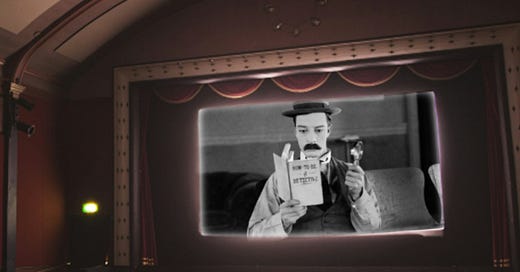



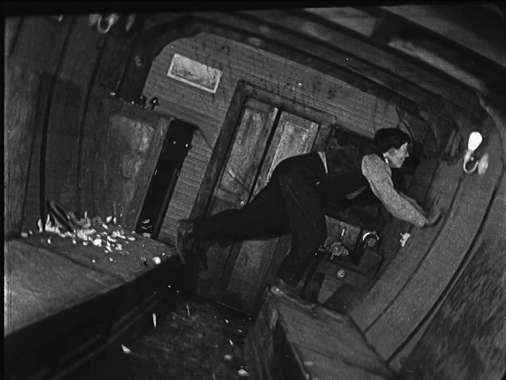
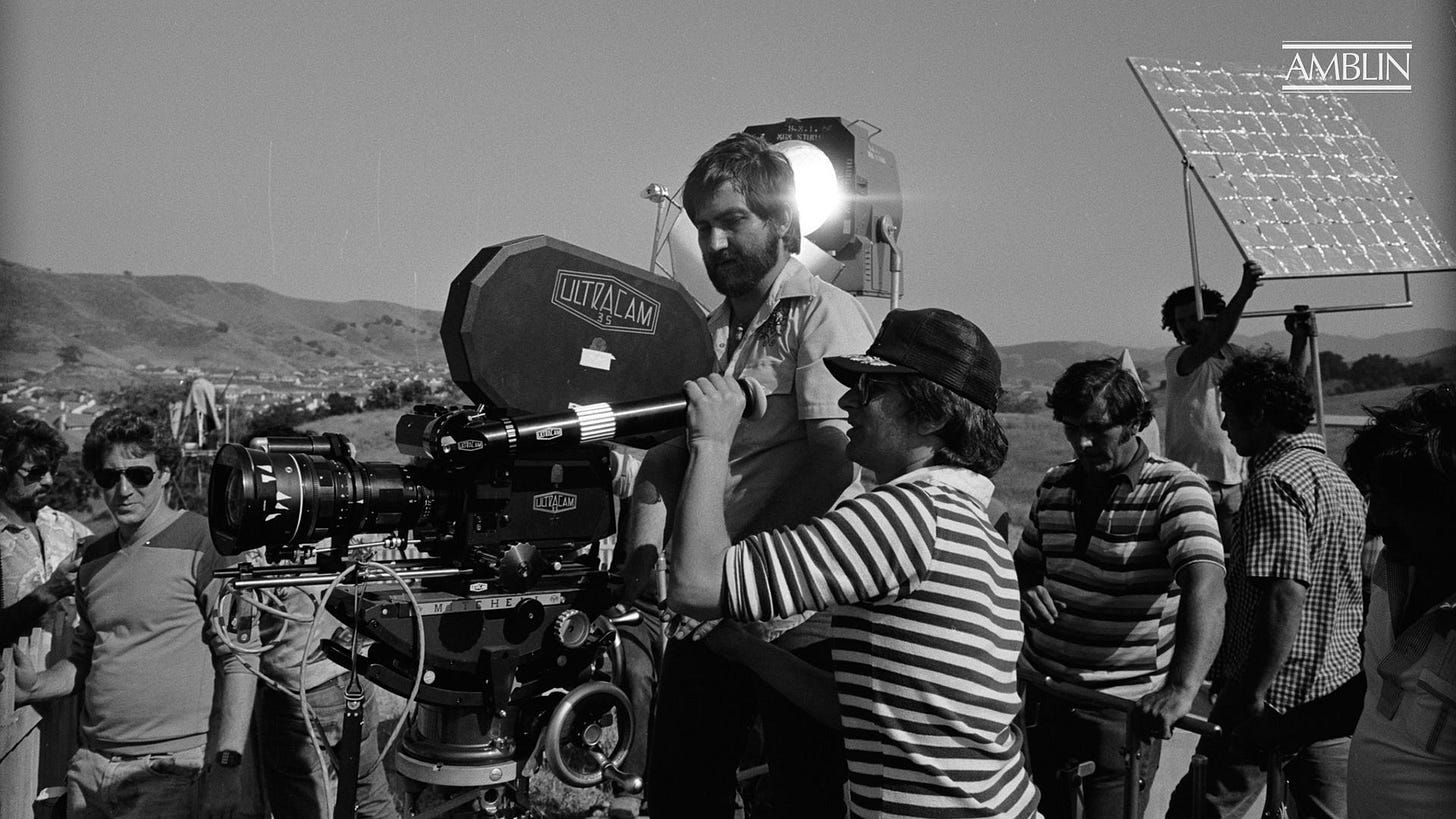



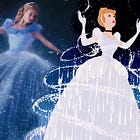



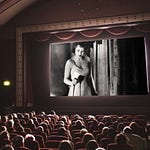

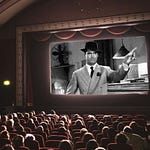
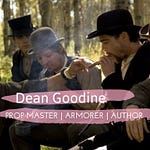


Share this post